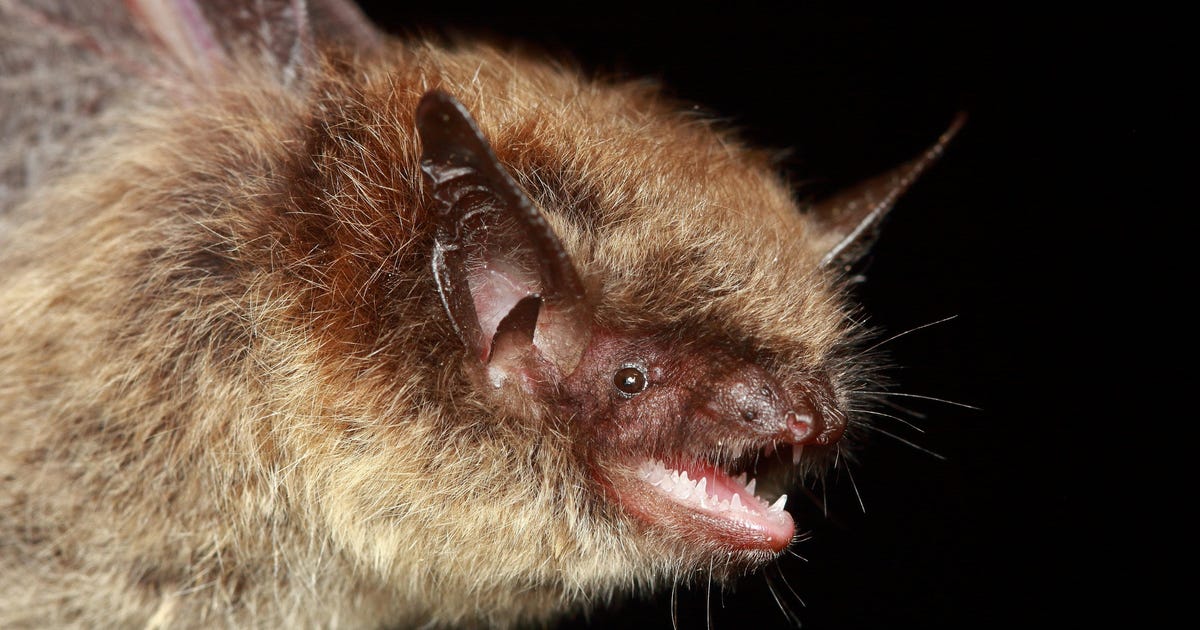Tel Aviv University Study Reveals Bats Navigate Home Using Echolocation

Tel Aviv, Israel - A groundbreaking study from Tel Aviv University has shed new light on the navigational capabilities of bats, demonstrating that these creatures can find their way home using echolocation, even with their eyes closed. The research, conducted by a team including Aya Goldshtein, Lee Harten, and Prof. Yossi Yovel, was recently published in the journal Science.
The study focused on the Kuhl's pipistrelle (Pipistrellus kuhlii), a small insectivorous bat with a wingspan of about 25 centimeters. Contrary to common myths about bats being blind, this research proves they possess remarkable navigational skills not reliant on vision. "We've known that bats use echolocation for hunting, but this study suggests they might use it to create an acoustic map for long-distance navigation as well," explained Prof. Yovel.
The experiment involved capturing wild pipistrelles at their roost, transporting them approximately 3 kilometers away, and then releasing them after temporarily disabling their sight, smell, and personal compass. The bats were fitted with tiny trackers and blindfolded with felt that they could not remove while in flight. Despite these handicaps, an impressive 95% of the bats successfully navigated back to their roosts, suggesting they use echolocation to map their surroundings acoustically.
The method of echolocation involves bats emitting high-frequency sounds that bounce off objects, returning echoes which the bats interpret to locate and identify objects in their environment. This ability was thought to be primarily for hunting at close range, but the study suggests a broader application in navigation.
Interestingly, while the blindfolded bats managed to return home, those with unimpeded vision did so more efficiently. This indicates that while echolocation can substitute for vision in navigation, visual cues are still preferable when available.
Prof. Yovel also touched upon the broader implications of this research, noting, "Many animals can 'home', but understanding how they do it remains a mystery. This study not only enhances our understanding of bat behavior but also opens new avenues in studying animal navigation."
The study's findings challenge previous assumptions about bat navigation and could have implications for understanding other species' navigational abilities, including how cats and other animals find their way back home. This research underscores the sophisticated sensory adaptations of bats, creatures often misunderstood due to their nocturnal habits and unique physical characteristics.
